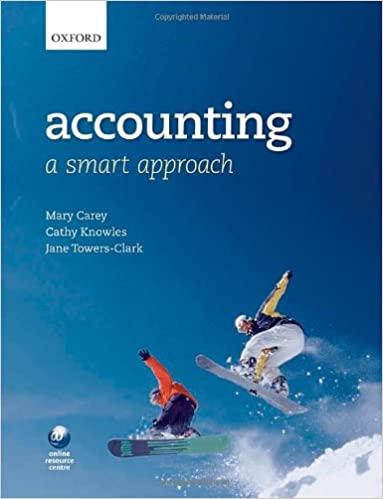Consider how the balanced scorecard could be used in an airline industry (see Figure 16.3). As a
Question:
Consider how the balanced scorecard could be used in an airline industry (see Figure 16.3). As a commercial operation, an airline business is looking to maximize its return on investment. Keeping its operating costs to a minimum will be key to its long-term financial performance. Efficient use of its assets will also ensure a healthy return on investment. However, critical to the success of an airline is its reputation for safety, so a balance needs to be struck between the costs of maintaining the aircraft against the risk of mechanical failure. Maintenance staff must be highly trained to ensure every flight meets safety levels. To utilize its assets efficiently, the planes must spend as little time as possible on the ground (called ‘turnaround time’), minimizing time for safety checks. This will also help to keep flights to schedule, a key factor in providing a good service to customers. To operate cost-effectively, the flights must carry as many passengers as possible (called the ‘load factor’), so ticket prices must be set at competitive rates. This, in turn, puts pressure on maximizing the financial return. Without a committed workforce, much of this operational performance will be undermined. A balanced scorecard helps to identify what the key issues are with a business, linking strategy to operational measures. By understanding how objectives link together, we can see which performance measures contribute to the improvement of other measures and where objectives conflict.
Step by Step Answer:

Accounting A Smart Approach
ISBN: 9780199587414
1st Edition
Authors: Mary Carey, Jane Towers Clark, Cathy Knowles





